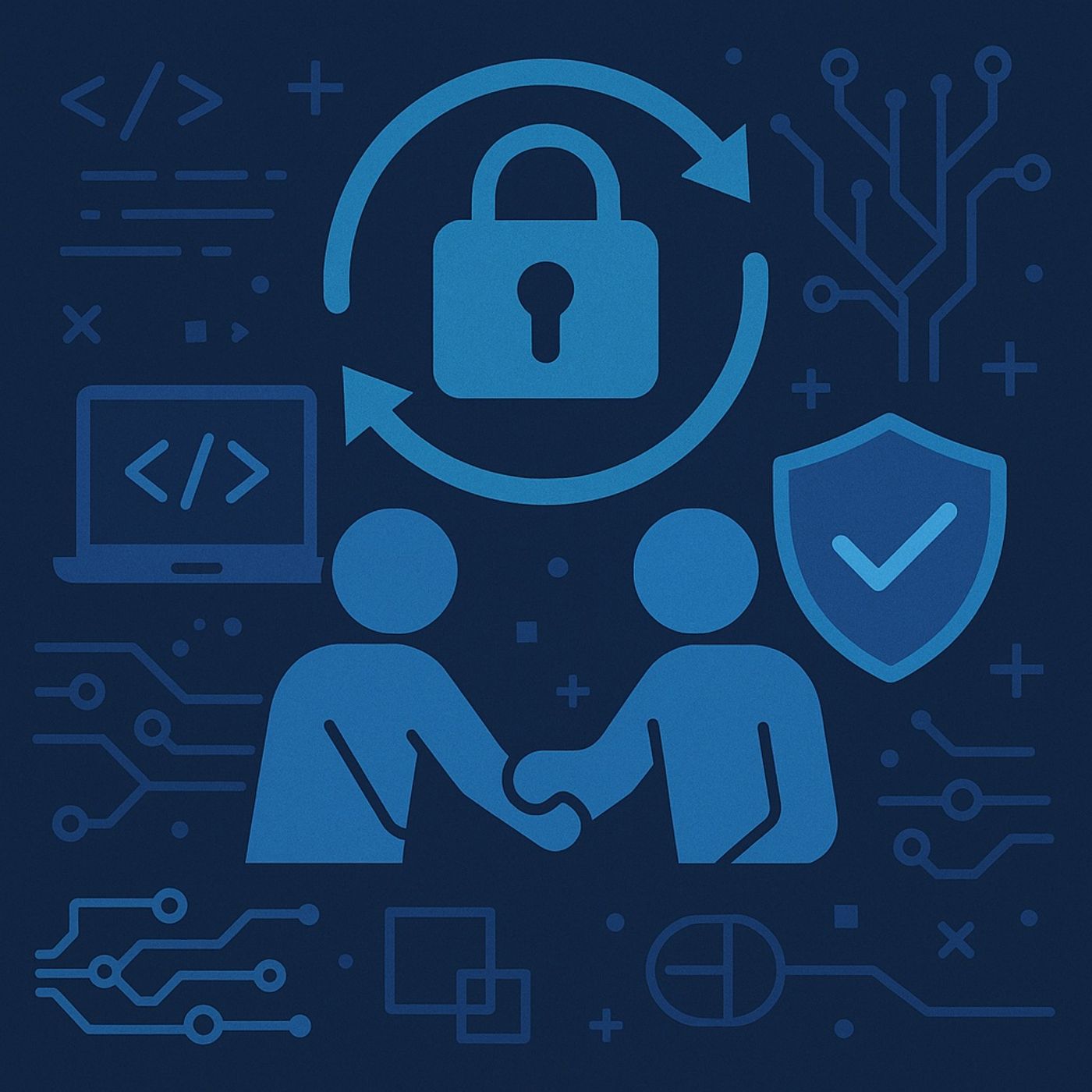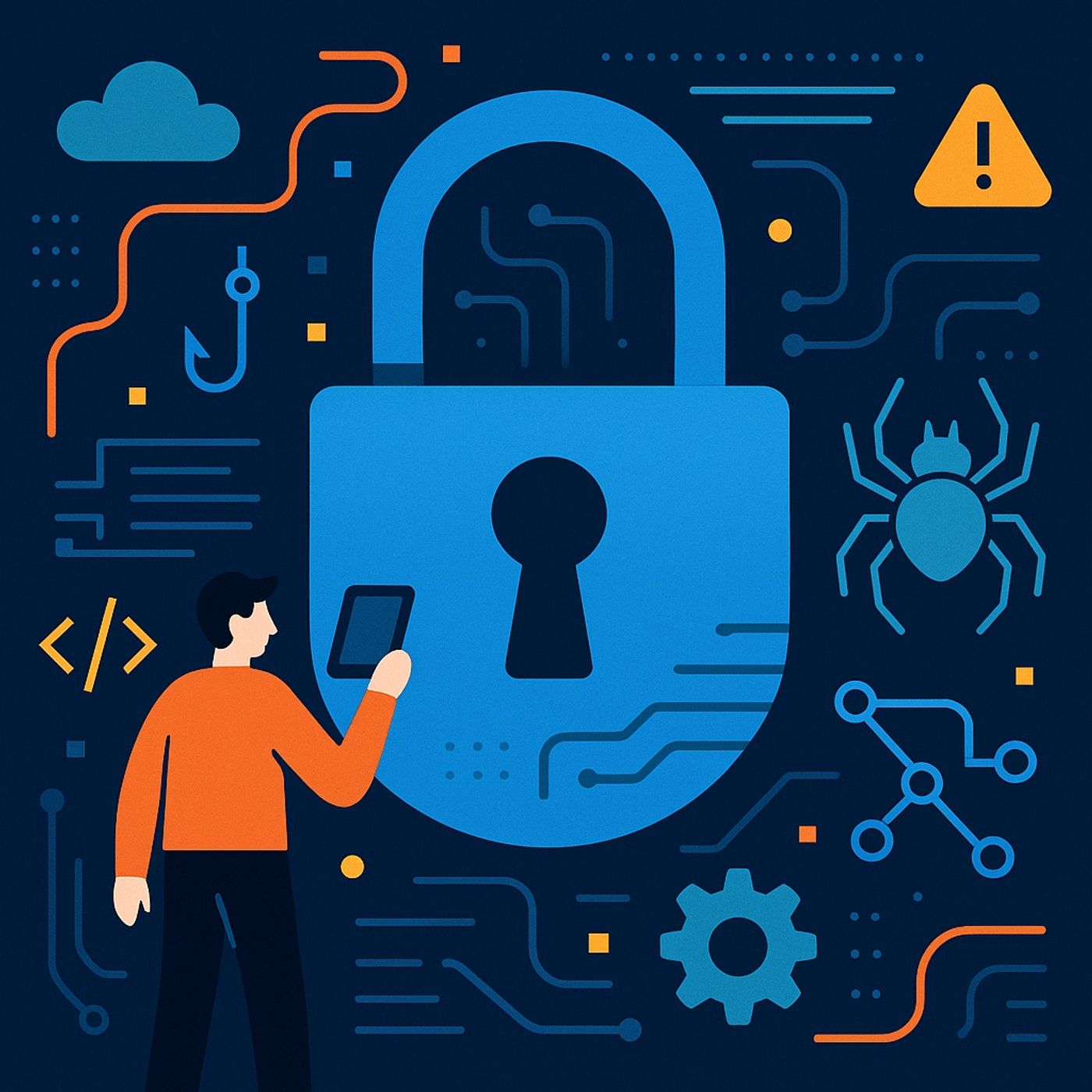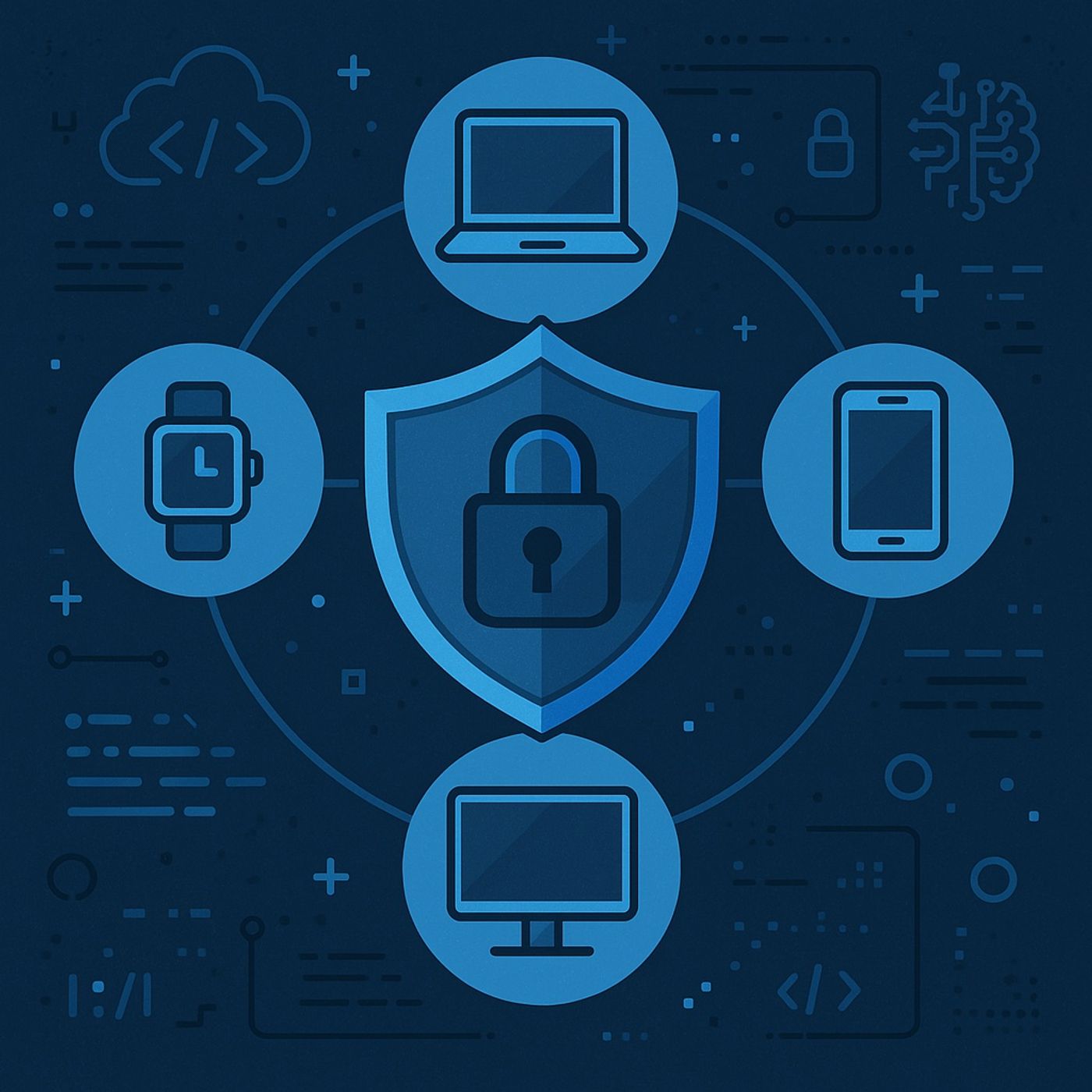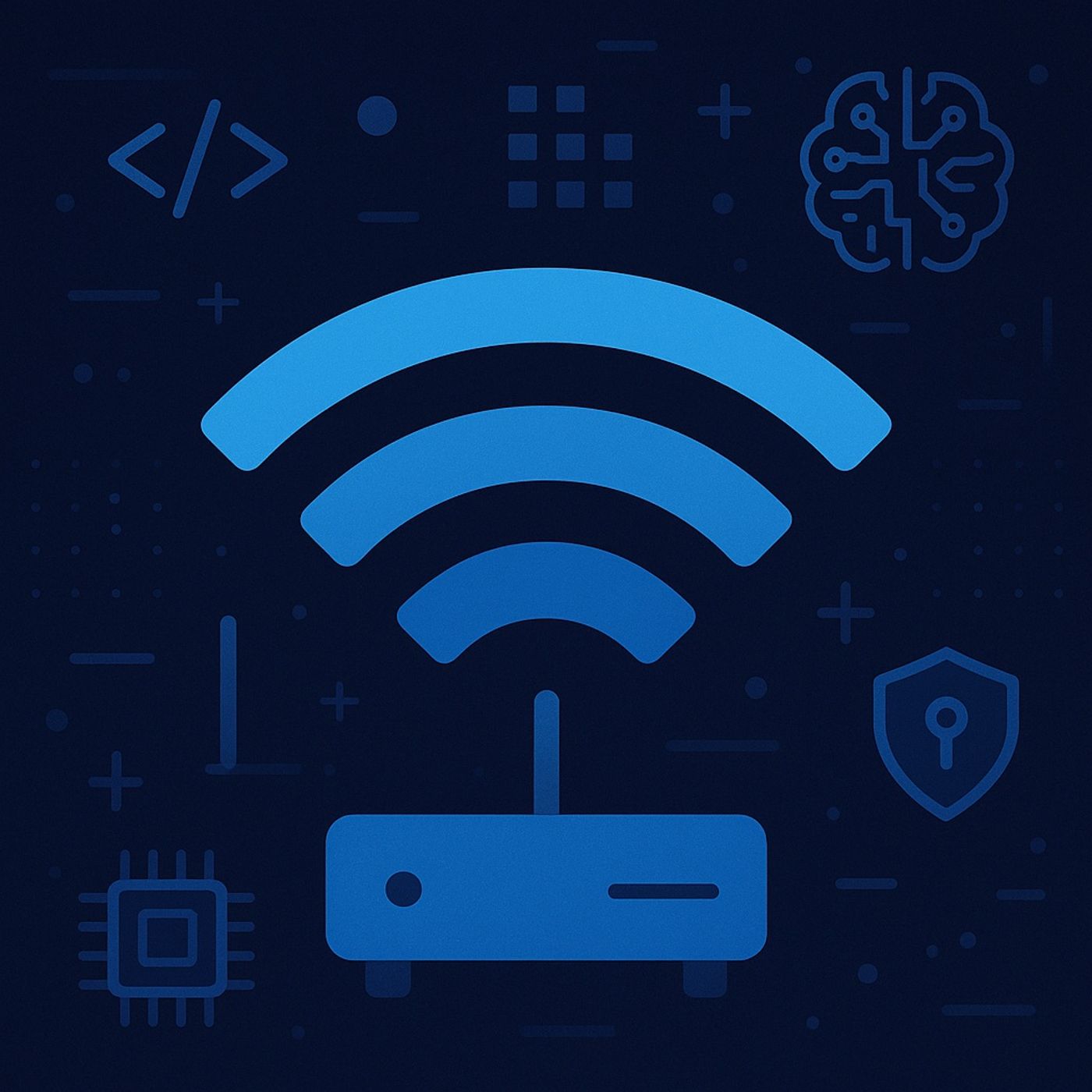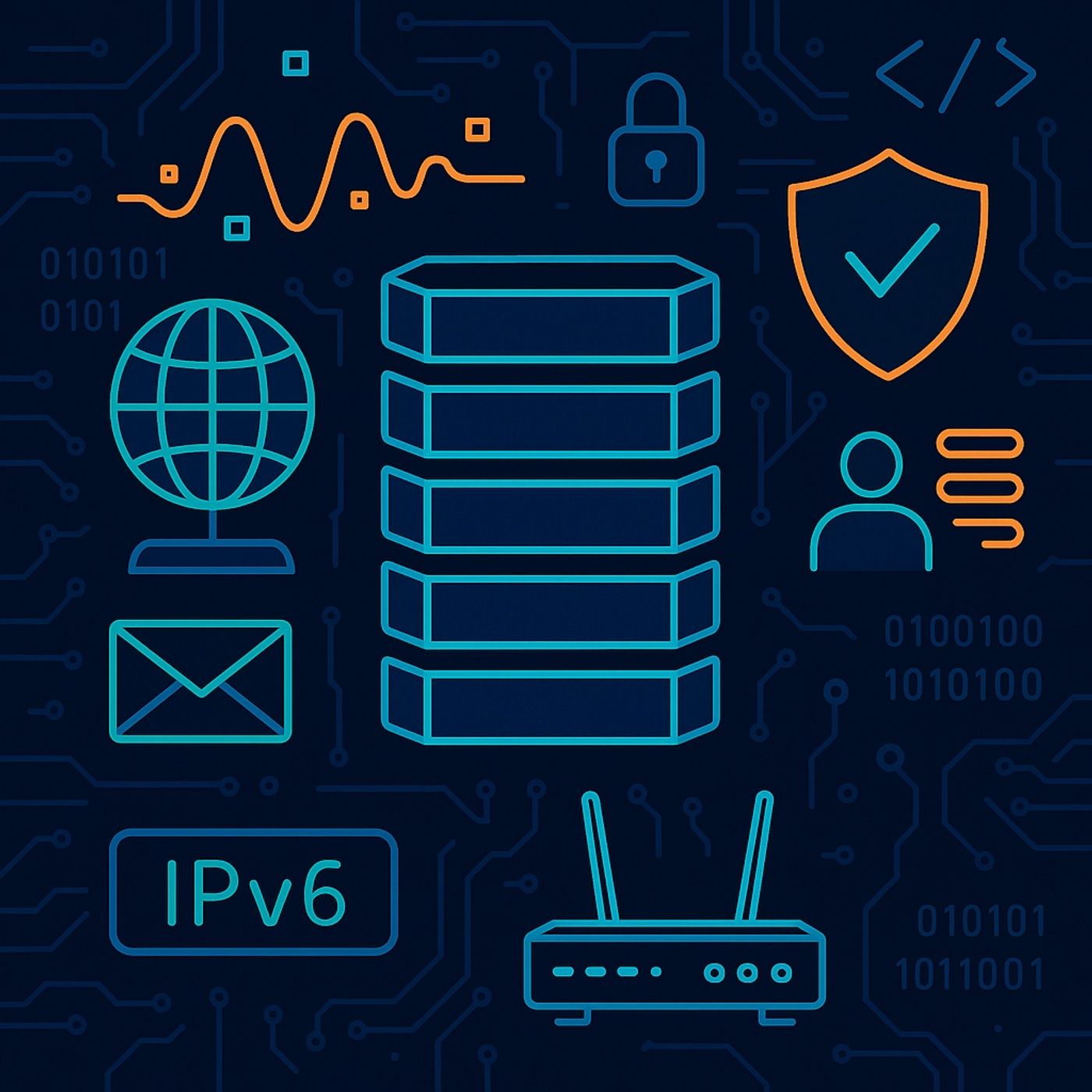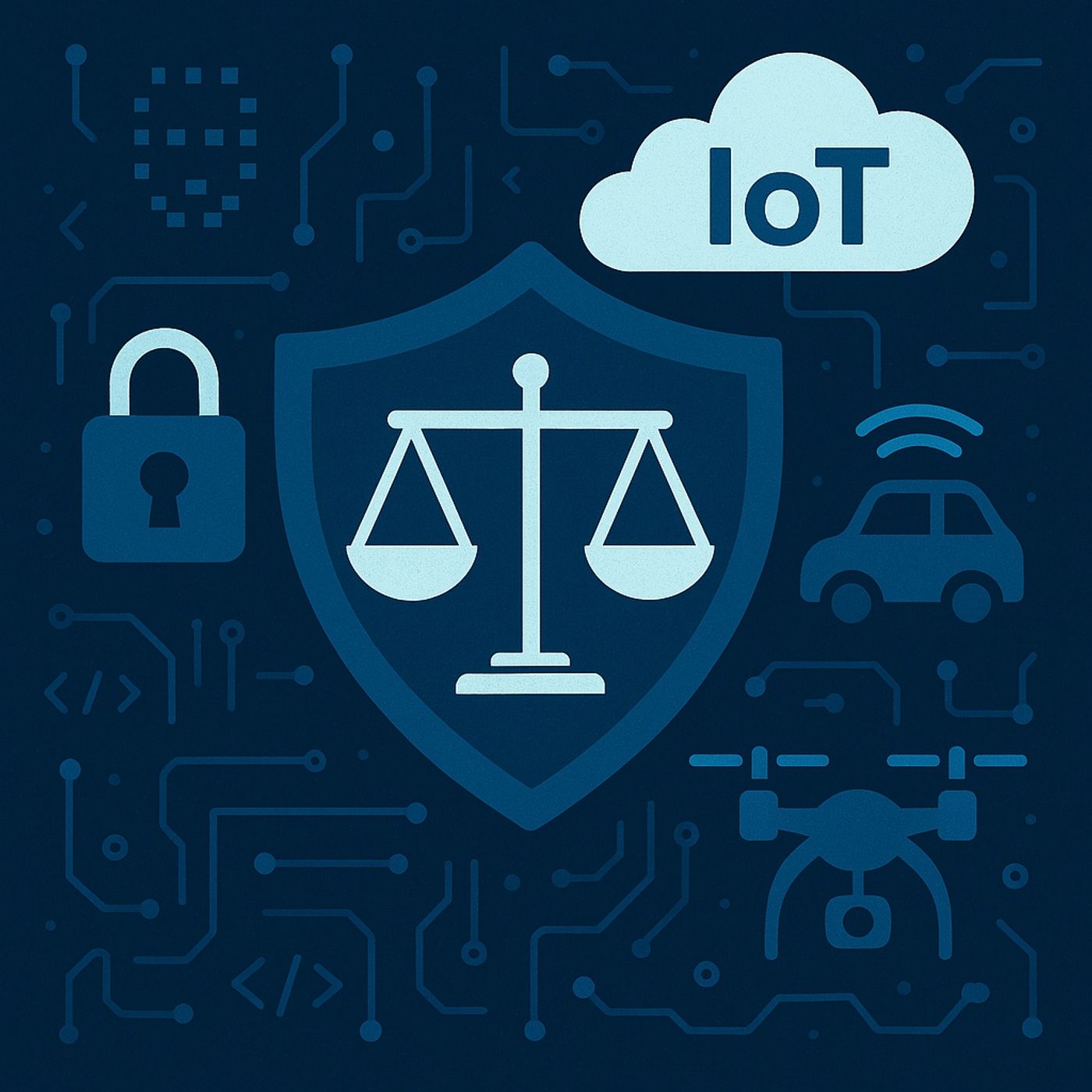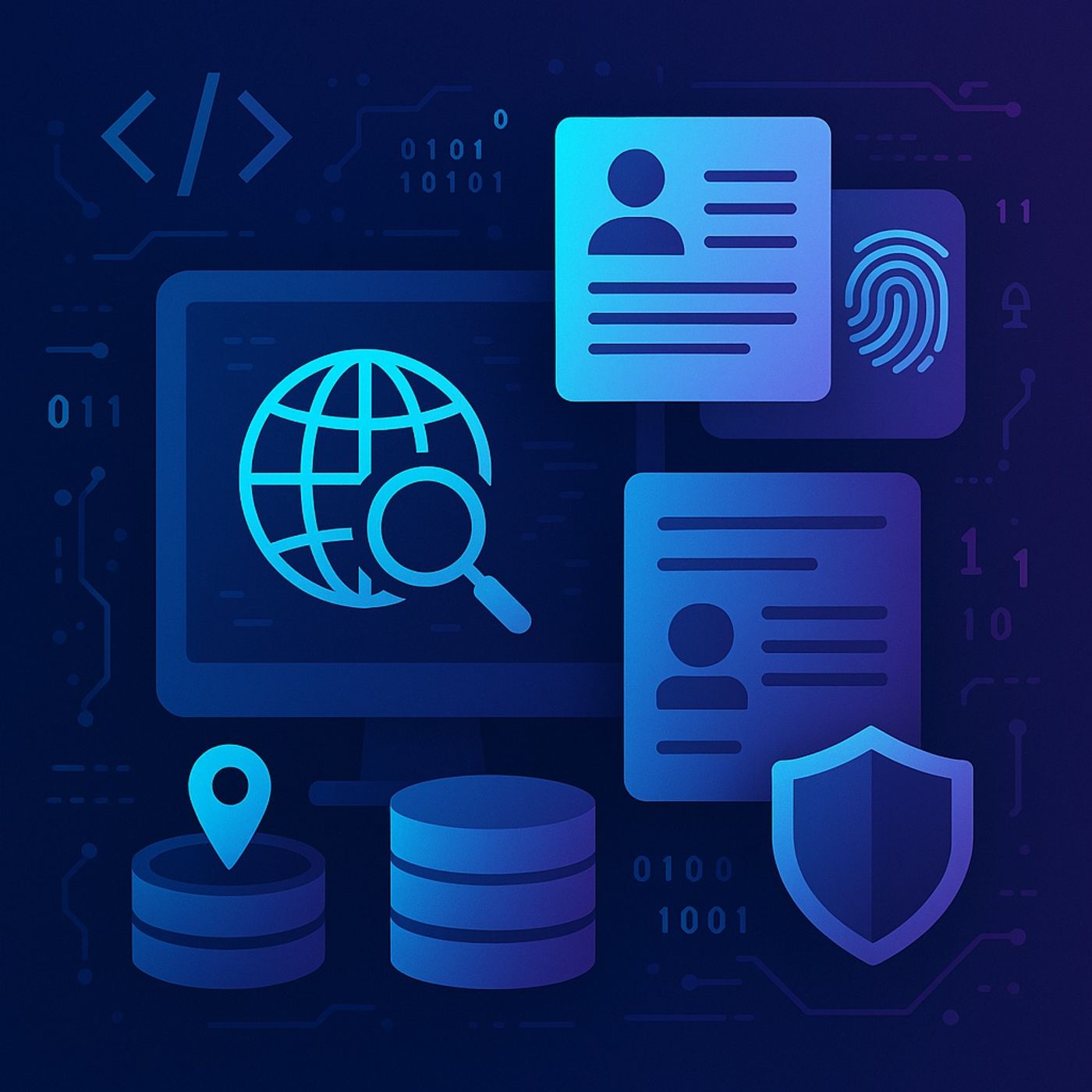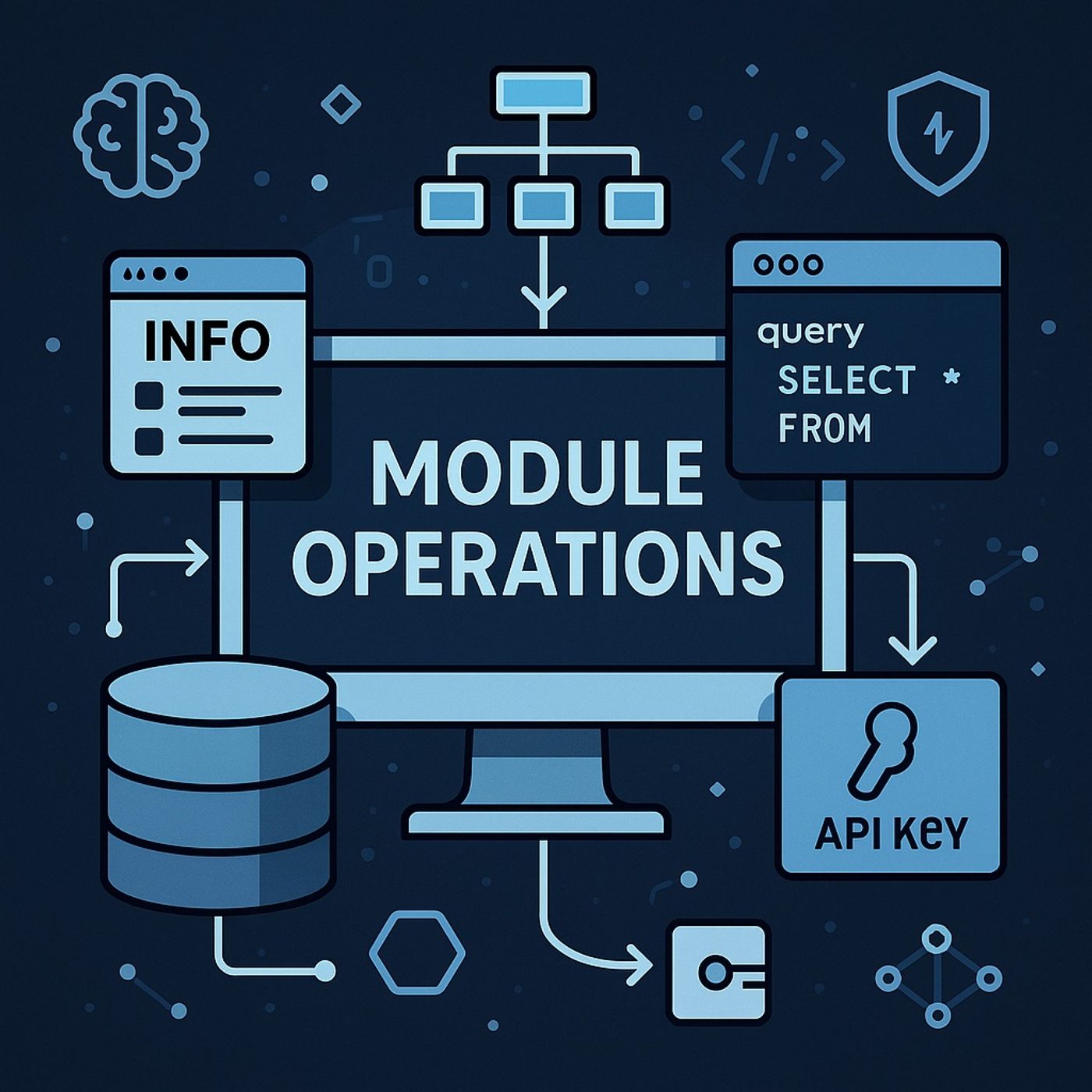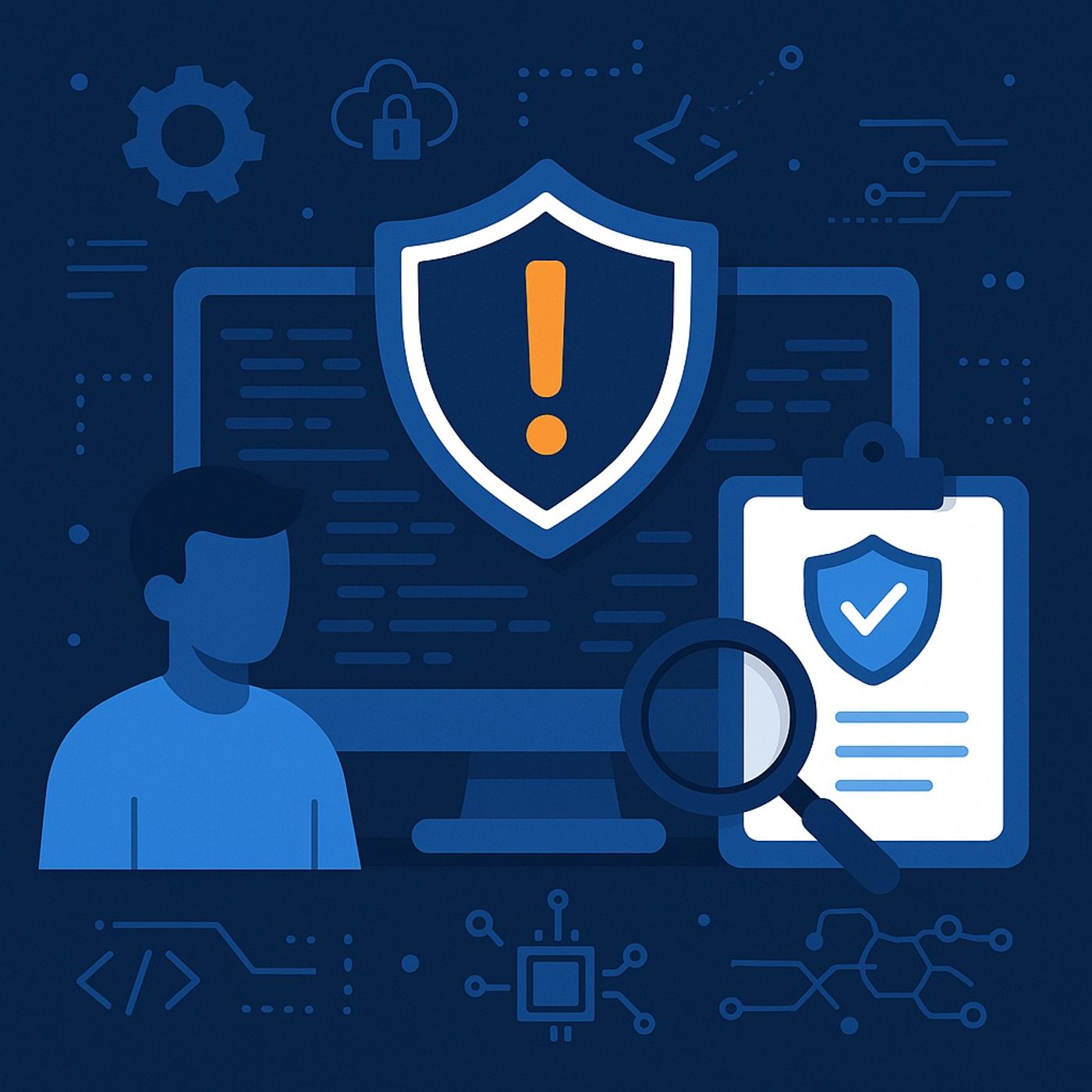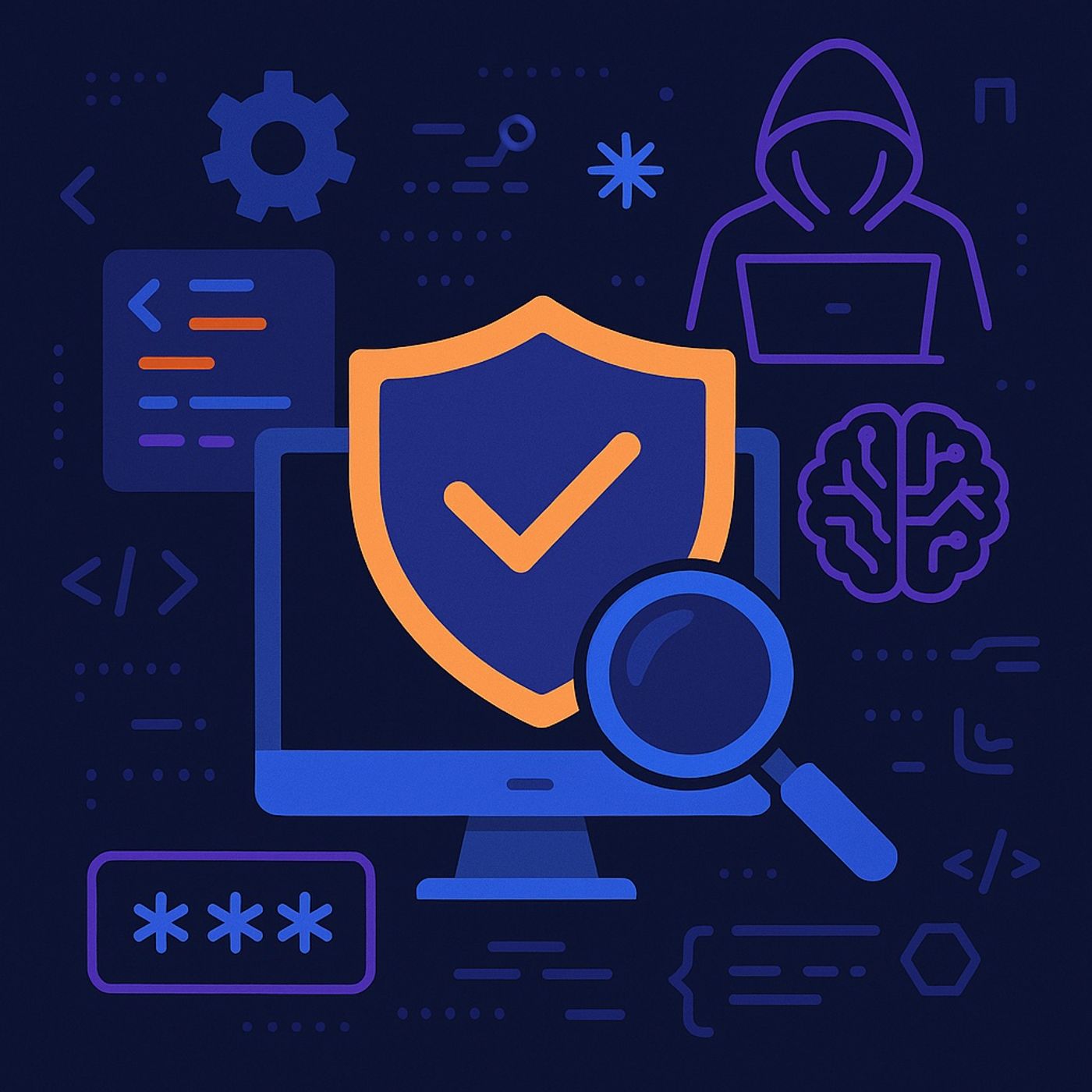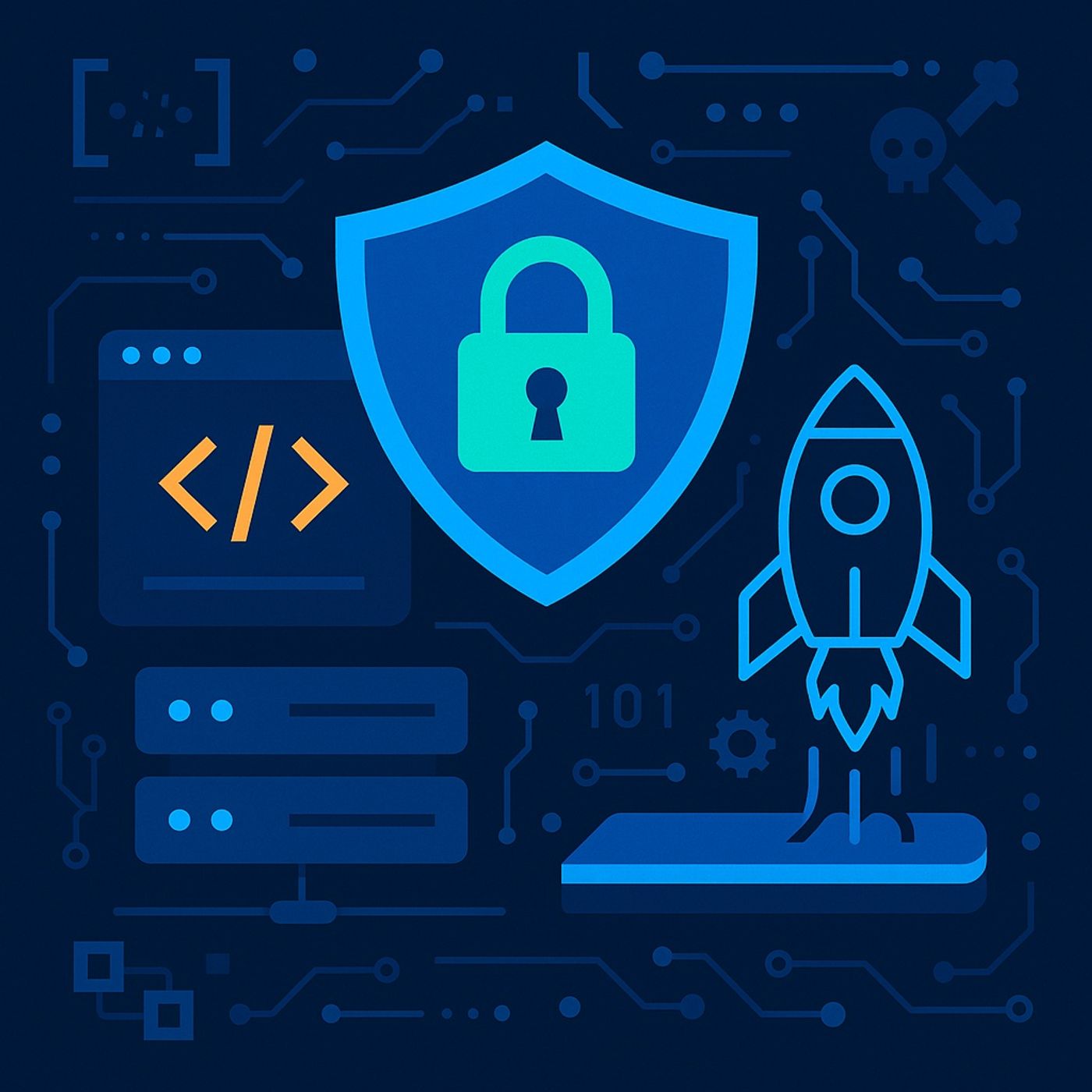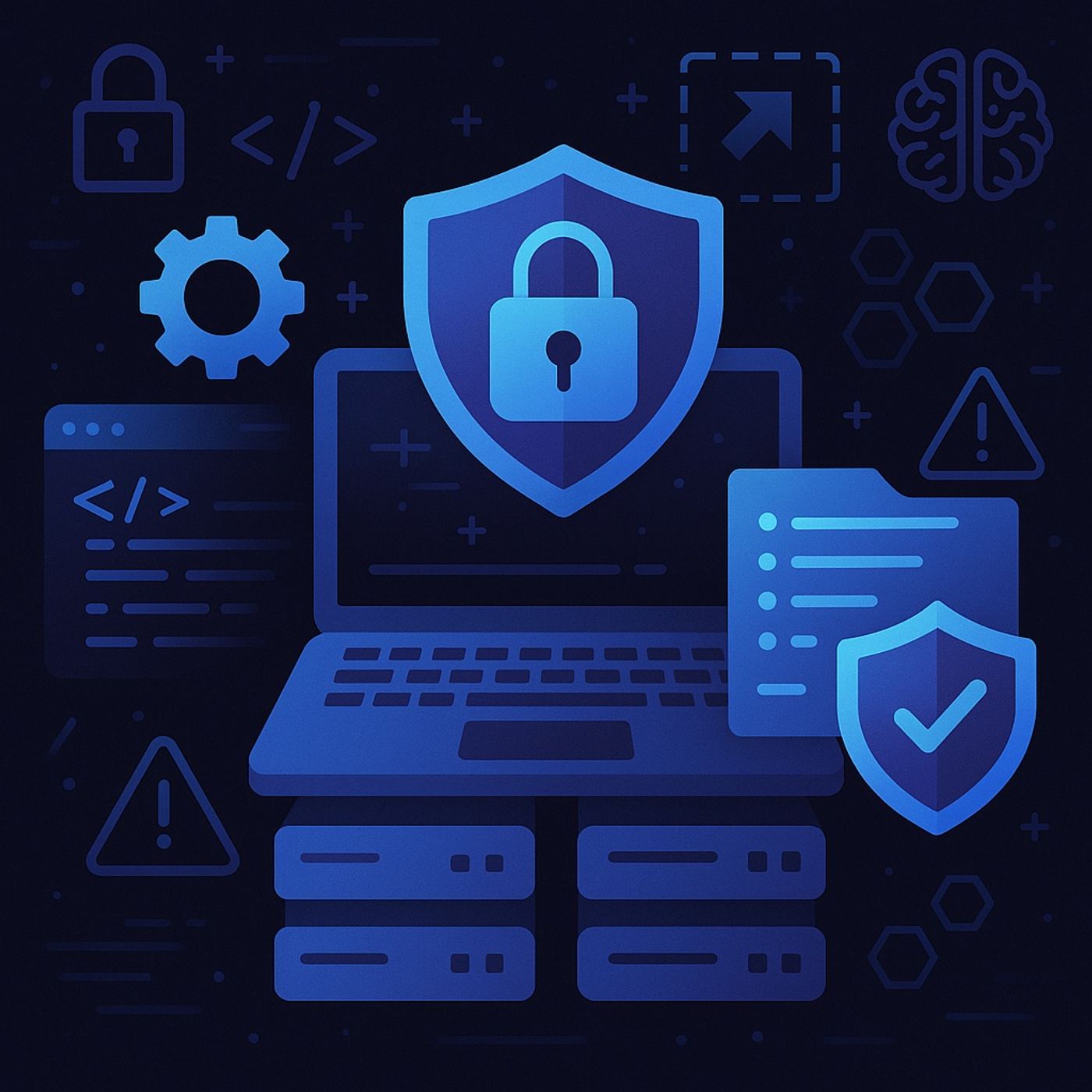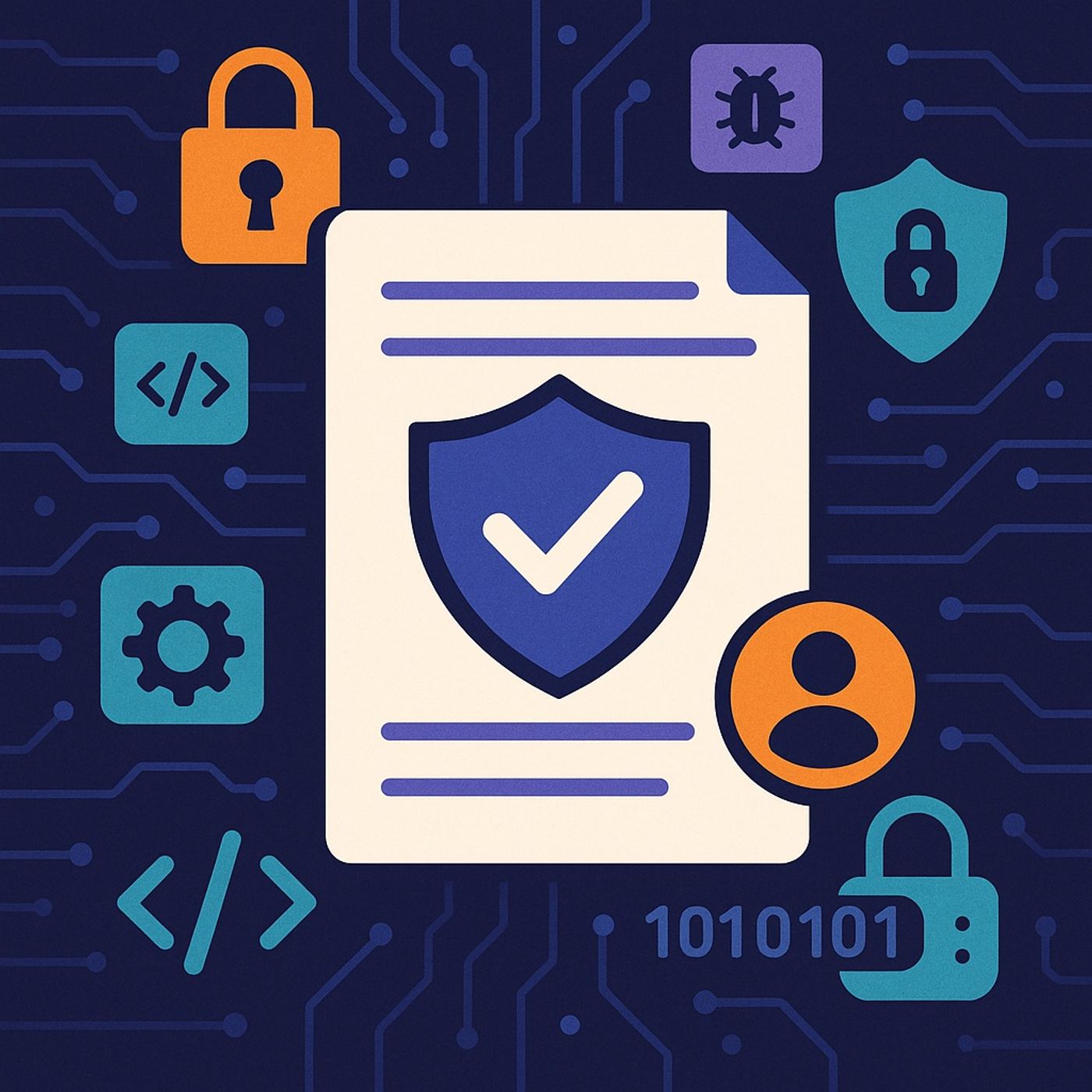Course 7 - Secure SDLC (Software Development Life Cycle) | Episode 8: Phase 8: Collaboration, Maturity Models, and Strategic Planning
Update: 2025-11-14
Description
In this lesson, you’ll learn about: Phase 8 — Collaborative Model & Continuous Security Improvement 1. Overview Phase Eight of the Secure SDLC emphasizes the Collaborative Model, which focuses on addressing security challenges in distributed and enterprise environments. Collaboration strengthens security by bridging gaps between security, IT, and operations teams, breaking down silos, and integrating defense-in-depth strategies. Key success factors include strong stakeholder support for integration, budgeting, and cross-functional alignment. 2. Team Composition and Benefits Security is an ecosystem involving:
You can listen and download our episodes for free on more than 10 different platforms:
https://linktr.ee/cybercode_academy
- Macro-level players: Governments, regulators, and standards organizations.
- Micro-level players: End-users, corporations, and security professionals.
- Builds confidence in security programs.
- Encourages shared responsibility, reducing “it’s not my job” attitudes.
- Leverages automation (e.g., SOAR) to improve efficiency.
- Ensures security is user-friendly and effective.
- Strengthens defense-in-depth strategies.
- Timely: Delivered close to the event using real-time metrics.
- Specific: Concrete, measurable, and aligned with security goals.
- Action-Oriented: Includes clear instructions for remediation.
- Constant: Repeated and recurring for ongoing improvement.
- Collaborative: Employees contribute solutions and insights.
- Initial: Processes are ad hoc, informal, reactive, and inconsistent.
- Repeatable: Some processes are established and documented but lack discipline.
- Defined: Formalized, standardized processes create consistency.
- Managed: Security processes are measured, refined, and optimized for efficiency.
- Optimizing: Processes are automated, continuously analyzed, and fully integrated into organizational culture.
- Evaluate current software security practices.
- Build balanced, iterative security programs.
- Define and measure security-related activities across teams.
- Iterative: Security is a continuous program, regularly reassessing risks and strategies.
- Inclusive: Involves all stakeholders—IT, HR, legal, and business units—for alignment.
- Measure Success: Success is measured by milestones, deliverables, and clear security metrics to demonstrate value.
- Phase Eight emphasizes collaboration and continuous improvement in enterprise security.
- Security is integrated across all SDLC stages, from requirements to testing.
- Effective collaboration, feedback, maturity assessment, and road mapping ensure resilient security practices that adapt to evolving threats.
- This phase is critical because applications are increasingly targeted by cyberattacks, making integrated security essential for organizational defense.
You can listen and download our episodes for free on more than 10 different platforms:
https://linktr.ee/cybercode_academy
Comments
In Channel

